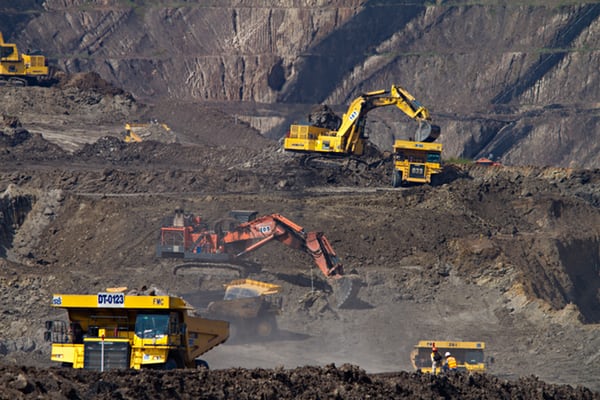
Power industry facing coal shortage: The government is targeting to make India a $5 trillion economy by the financial year 2024-25. It is an achievable target, but the ambition needs to be backed by policies that have clarity and consistency. Fast growth of the economy requires a steady supply of fuel for the country’s power generating units. India is blessed with huge coal deposits, but it is important to give the right policy signals to remove the confusion over the use of the fuel.
While the government is denying that there is a coal shortage, the Prime Minister’s Office has taken stock of the situation earlier this week in a meeting with coal and power ministry officials. States such as Delhi, Punjab and Rajasthan have warned about possible blackouts in the coming months because of coal shortage.
The coal shortage is caused by a sharp increase in power demand from the Indian economy that is recovering from the impact of the Covid-19 pandemic. Power demand witnessed an 17% uptick in August compared with August 2019. A shortage in coal supplies in China has triggered an increase in international prices.
READ I India’s fledgling e-commerce industry needs a robust policy framework
Origins of coal shortage
India has a window of less that 30 years to utilize its huge coal deposits, after which it needs to replace coal-based power plants by alternative energy sources that will reduce carbon emissions. For the next 30 years, coal-based thermal units will continue to contribute 50-60% of India’s energy requirements. Thus, it is important to have a policy environment that will ensure adequate supply of good quality fuel. There is a need to reduce the cess on transport of coal by railways, reducing the cost and building a steady supply chain that can anticipates rains and water logging.
The coal shortage is caused by a sharp increase in power demand from the economy that is recovering from the impact of the Covid-19 pandemic. Power demand witnessed an uptick in August (124 billion units) compared with 106 billion units in August 2019. A shortage in coal supplies in China triggered an increase in international prices.
READ I TechFins: Why India must stop their unregulated, untaxed run
The ongoing coal crisis reminds us of the need to reduce dependence on costly imports and build a robust supply chain domestically. Import of coal does impact India in terms of forex outflows as well as global competitiveness. A shift to domestic coal will ensure better prices and regular market for domestic coal, which will allow better levels of preparedness.
It is important to observe the import graph going up even though India is bestowed with ample thermal coal. Need is to bring coal back in focus and strategise for its effective use till 2050 while constantly putting efforts to find alternative sources of energy. The advancements in technology enable environment-friendly mining and cuts in carbon-di-oxide emissions. The use of technology should be encouraged by policy makers. Coal is here to stay as the most important energy source for India and the rest of the world at least for the coming 30 years.
These corrections will bring focus back to sustained coal mining in India while adopting modern technology and environment-friendly emission levels. Correct pricing is the key to a steady market for domestic coal, to reduce import dependence and to avoid another coal crisis in the future.
(Dr Aruna Sharma is a development economist based in New Delhi. She is a former secretary with the government of India.)
Dr Aruna Sharma is a New Delhi-based development economist. She is a 1982-batch Indian Administrative Service officer. She retired as steel secretary in 2018.

